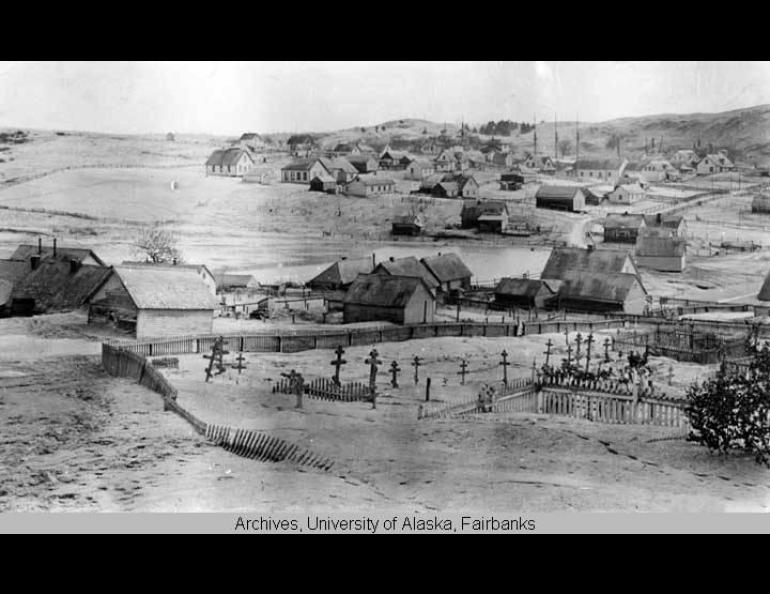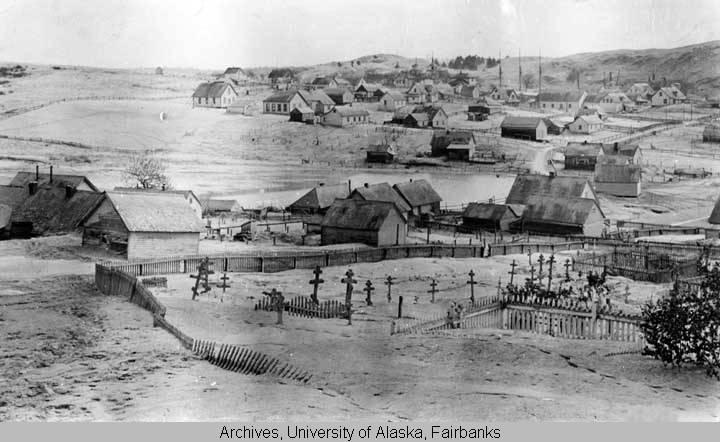
100 years since the big one
On June 6, 1912, if you happened to be sitting on a log outside your cabin near Fairbanks, Juneau or Dawson City, you would have heard an explosion.
There was no way to know the boom came from hundreds of miles away, or that it was the starting gun for the largest volcanic eruption of the 1900s. Nor would you imagine that in the next three days, a mountain would collapse upon itself, or that ash and hot gases would explode from the ground six miles from that mountain, creating a landscape of hot ash and 500-foot geysers of steam. The Novarupta-Katmai eruption of 1912 was hard to imagine then just as it is now, 100 years since it happened. Here are a few things that set the eruption apart, plucked from columns I’ve written and a new U.S. Geological Survey book on the eruption by Wes Hildreth and Judy Fierstein:
- Botanist Robert Griggs named this desolate, beautiful place The Valley of Ten Thousand Smokes when he visited there on a National Geographic expedition in 1916. At the time, four years after the eruption, steam poured from vents all over the valley. Because the thick blanket of ash and volcanic rock has since cooled, the valley no longer steams, but the dramatic landforms still inspire the feelings of Griggs and his companions in 1916. “We were overawed,” he wrote.
- In three days of the summer of 1912, a volcano Griggs named Novarupta (Latin for “new vent,”) transformed 40 square miles of the world’s best bear habitat into instant badlands, burying the downwind valley in more than 500 feet of ash and volcanic rock. Novarupta spewed 100 times more material than Mount St. Helens and sent skyward a plume that reached 20 miles high. Sometime during the eruption, Mount Katmai, six miles from Novarupta, disappeared into itself. In place of its summit today is a magnificent crater lake surrounded by 300-foot walls that echo the thunder of glaciers that now calve into lake.
- The ash from the eruption reached the Mediterranean Sea, and, if deposited on top of Anchorage, would bury it three miles deep.
- High winds blowing abrasive bits of rock over the landscape is the main reason the valley is sterile rock and ice a century after the eruption; few plants have taken hold there
- Despite the eruption being the largest in the 20th century, no one died except a woman already stricken with tuberculosis aboard a ship docked at Kodiak, where more than one foot of ash fell and noxious gases persisted for days.
- Volcanic lightning and thunder added to the terror on Kodiak Island during the first day of the eruption; static from the charged particles blown from the volcano made the wireless radio useless at the naval station in Kodiak. A fire, possibly caused by volcanic lightning, later destroyed the station.
- University of Alaska Fairbanks Volcanologist Steve McNutt noticed the volcano shook with several large earthquakes, as high as a magnitude 5.5, before it erupted. That fit with other data that showed giant eruptions show their hands with increased earthquake swarm activity before they occur. "I think it's unlikely we'd be blindsided," McNutt said.
- When Novarupta-Katmai erupted, the sky was still the exclusive realm of birds and insects — Alaska was still a decade away from Ben Eielson’s first mail flight from Fairbanks to McGrath. Now, the North Pacific is one of the busiest air corridors in the world, with more than 200 flights a day passing over. To calculate the effects of a modern-day Novarupta-Katmai on today’s air travel, British graduate student Rebecca Anne Welchman once used a computer model called Puff developed by University of Alaska scientists and refined by Peter Webley of the Geophysical Institute. Her conclusion: “Another Novarupta would be bad news . . . An eruption of Novarupta scale in today’s society has the potential to bring the world to a standstill by affecting the majority of airports in North America and Europe for several days at least.”
The Geophysical Institute of the University of Alaska Fairbanks, in cooperation with the UAF research community, provides this column as a public service. Ned Rozell is a science writer at the institute.





